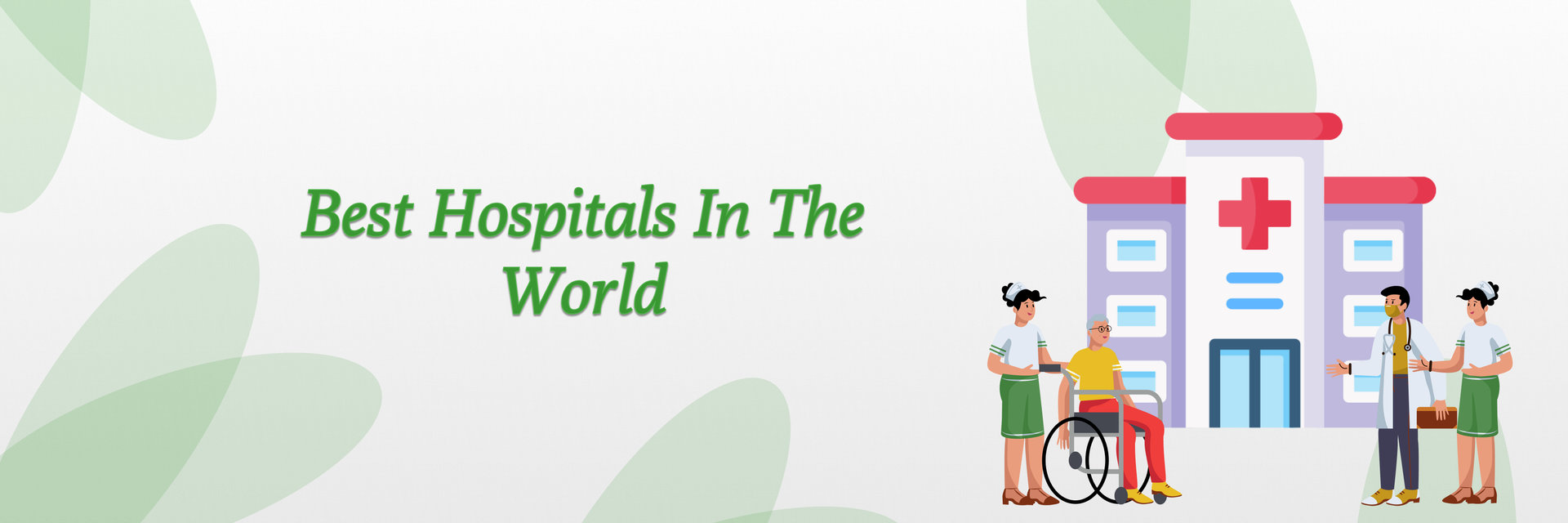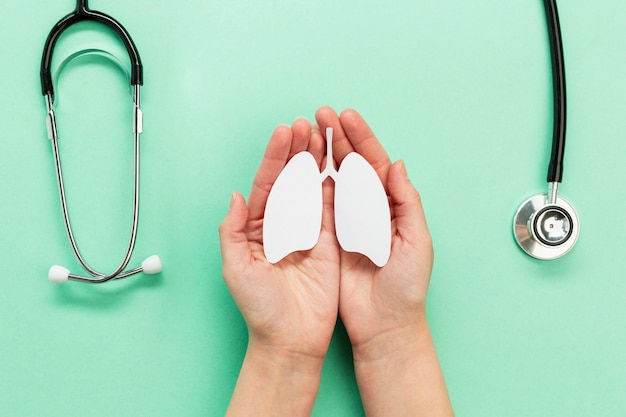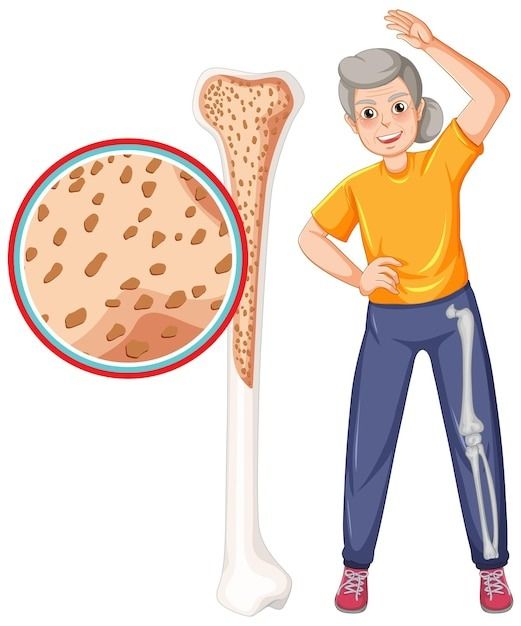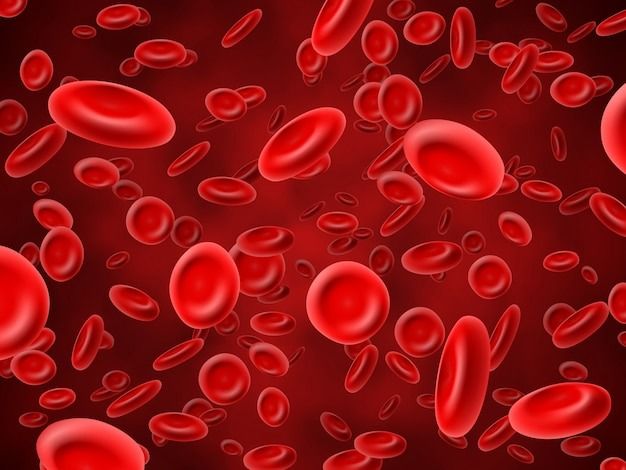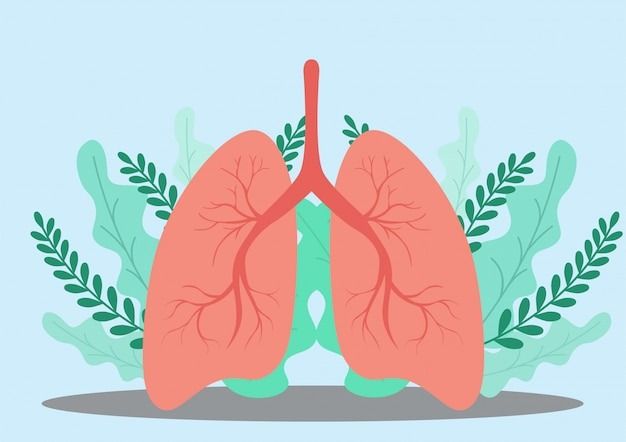The estimated number of single lung transplants performed annually worldwide is around 1,800. This represents about 25% of all lung transplants performed. The majority of single lung transplants are performed in North America and Europe.
Are you looking for information about a single lung transplant?
If yes, then let's see below!

When is a single lung transplant recommended?
Single lung transplantation is often referred to as unilateral lung transplantation. It is a surgical procedure where a diseased or damaged lung is replaced with a healthy donor lung. This procedure is commonly performed on patients with conditions such as:
- End-stage lung disease that affects one lung more than the other.
- When one lung is severely damaged
- Chronic obstructive pulmonary disease (COPD)
- Pulmonary fibrosis/ scarring of lungs
- Pulmonary hypertension
- Cystic fibrosis
- Specific lung cancer cases
Do you know? The waiting time for a single lung transplant can vary significantly but generally ranges from a few months to several years depending on factors such as organ availability and individual patient criteria.
Your health is too important to ignore – schedule your appointment now.
How long is the waiting time for a single lung transplant?

The waiting time for a single lung transplant can range from a few weeks to several months. It depends on the following factors:
- Availability of donor's lungs
- Urgency of the patient
- Patient’s blood type compatibility
- Donor-Recipient matching
- Location of the transplant centre
Latest studies show that donor-recipient matching is being optimized by classical statistical methods combined with machine learning.
Eligibility for a single lung transplant depends on factors like lung function, overall health, and the severity of the underlying lung condition, Would you like more information on this topic?
What are the criteria for being eligible for a single lung transplant?

Eligibility for single lung transplant indications is seen if:
- You have been diagnosed with end-stage lung disease, COPD, pulmonary hypertension, or other qualifying conditions.
- You have impaired lung function
- If you show severe symptoms related to your lung disease, like shortness of breath, exercise intolerance
- Are not above 65 years
Do you know how a single lung donor is selected and matched with a recipient?
let's Scroll down to know!
How is a single lung donor selected and matched with a recipient?

Studies have shown that currently, only 22% of donor lungs are suitable for transplant. You should ensure compatibility and minimize the risk of rejection.
| Steps involved | Description |
| Evaluation of Recipient |
|
| Evaluation of Donor |
|
| Matching Process |
|
| Organ Allocation |
|
| Surgical Procedure |
|
| Post-Transplant Care |
|
Curious about the success rate of single lung transplants? Let's explore the statistics and factors influencing their outcomes.
Take charge of your health and your life. Contact us today!
What is the success rate of single lung transplants?

- The short-term success rate of single lung transplant survival rate is about 80-85% in the 1st year or even higher.
- The long-term success rate of single lung transplant survival rate is approximately 50-60% at 5 years.
However, the survival rate is better if you are young and follow a good lifestyle before the transplant.
Your success depends on factors like:
- Lung disease being treated
- Recipient’s health
- Quality of donor's lung
- Rejection
- Presence of complications
- Expertise in the transplant centre
- Post-transplant care
- Adhering to your immunosuppressants
Want to know about the potential risks and recovery, then read on.
What are the potential risks and complications associated with a single lung transplant?
- Organ rejection
- Surgical complications
- Respiratory infections like pneumonia
- Bleeding
- Chronic rejection causes the narrowing of airways
- Graft dysfunction
- Side effects of immunosuppressants like diabetes, kidney dysfunction
- Osteoporosis due to medicines
- Nerve and muscle problems
Curious about the recovery time after a single lung transplant? Let's explore.
How long does the recovery process take after a single lung transplant?
Look at an approximate timeline of your recovery process:
| Recovery Phase | Description |
| Immediate Post-Op (0-2 weeks) | In the ICU, you will be monitored for vital signs, lung function and potential complications |
| Early Recovery (2-6 weeks) | You will be transferred to a regular hospital room. Start with a gradual increase in activity and mobility. You will be monitored for signs of infection or rejection |
| Initial 3 Months | You should regularly follow-up with the transplant team. They will monitor lung function and overall health. Medication will be adjusted if required. |
| 3-6 Months | You could be advised pulmonary rehabilitation to improve your lung function |
| 6-12 Months | Gradually return to your daily routine and exercise |
| Long-Term Recovery/More than 1 year | Do your annual check-up for any long-term complications. Adhere to medication. Improve your overall health by lifestyle modifications |
Want to know what to expect in the long term after a single lung transplant?
Your well-being is our priority - call us to book your appointment today
What is the long-term outlook for patients who undergo a single lung transplant?
Some long-term issues you need to consider with a single lung transplant are:
- Improved quality of life
- Survival rates of 50-60% at 5 years
- Lifelong immunosuppressants and their side effects
- Long-term complications like chronic rejection, infections, kidney issues
- Ongoing medical care to monitor complications
- Psychological and emotional issues
- Lifestyle modifications
Consult your transplant team to discuss your specific recommendations according to your medical history and condition.
After a single lung transplant, certain lifestyle changes are essential. Let's discuss what you need to do to protect your new lung and stay healthy.
What lifestyle changes are necessary after a single lung transplant?
- Follow the Medication Schedule: Take your prescribed medications to prevent organ rejection and manage other health issues.
- Avoid Smoking: You should quit smoking and avoid secondhand smoke.
- Stay active: Regular physical activity will help you maintain your fitness and lung function
- Practice Good Hygiene: This will help you to prevent infections.
- Nutritious diet: This will support your overall health and healing.
- Avoid alcohol: This will help to avoid interactions with your medicines.
- Avoid exposure: This will minimize your risk of infection.
- Regular checkups: Helps monitor your complications if any
- Travel restrictions/cautions: Follow this before you travel
- Healthy weight and hydration
- Emotional support
All these lifestyle changes will help in increasing your single lung transplant survival rate. Do consult with your healthcare team for customized guidance.
References:
https://www.jhltonline.org/article/S1053-2498(21)02407-4/fulltext
https://www.templehealth.org/about/blog

